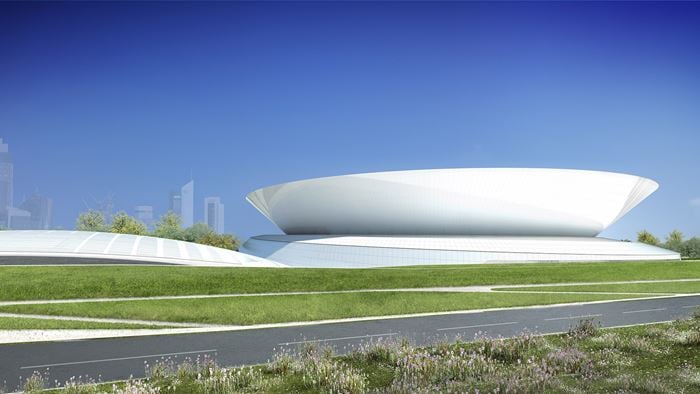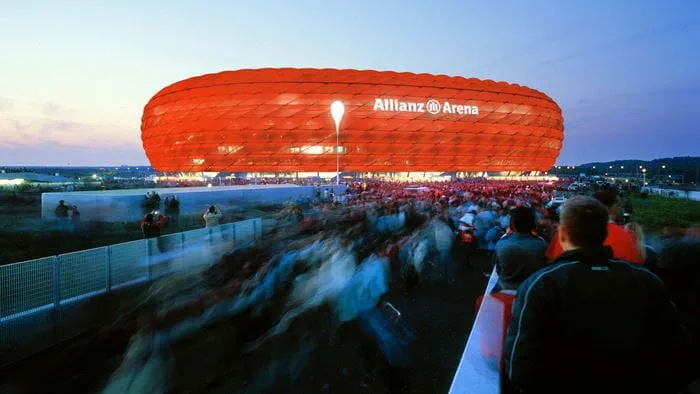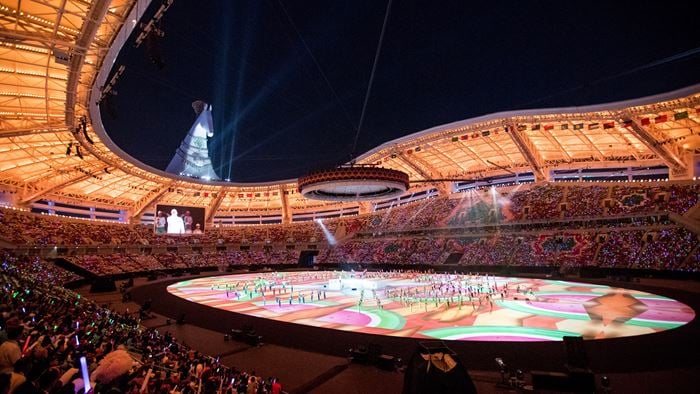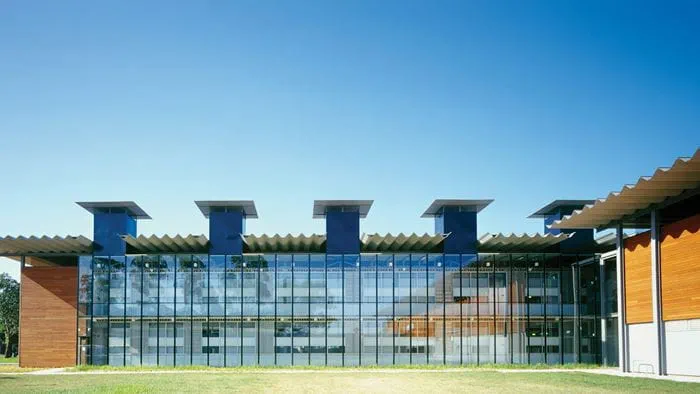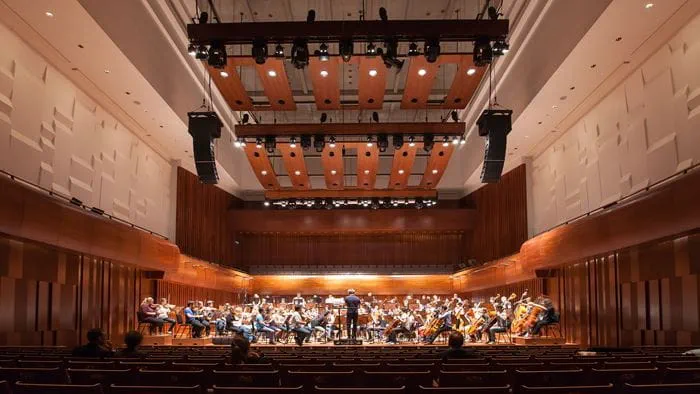Arup’s team provided mechanical and electrical engineering and specialist lighting design for a new stand, office building and permanent floodlighting in collaboration with Maber Architects. The construction was completed within a tight closed-season schedule.
New stand
The new stand on the Bridgford Road side of the ground, and addition of seats elsewhere, increased the ground’s capacity from 15,358 to more than 17,000.
New facilities also include an office block for officials and staff and a new replay screen area.
Arup provided the design of the mechanical and electrical services, including upgrading the electrical infrastructure. The firm’s experts also assisted Nottinghamshire County Cricket Club with acoustic and modelling for the stand, and communications advice for the replay screen.
Permanent floodlighting
Arup’s lighting designers were appointed to design permanent floodlighting. Six floodlights were designed, and detailed analysis of lighting pollution to surrounding residential areas carried out. This helped achieve a successful planning application for the ground developments.
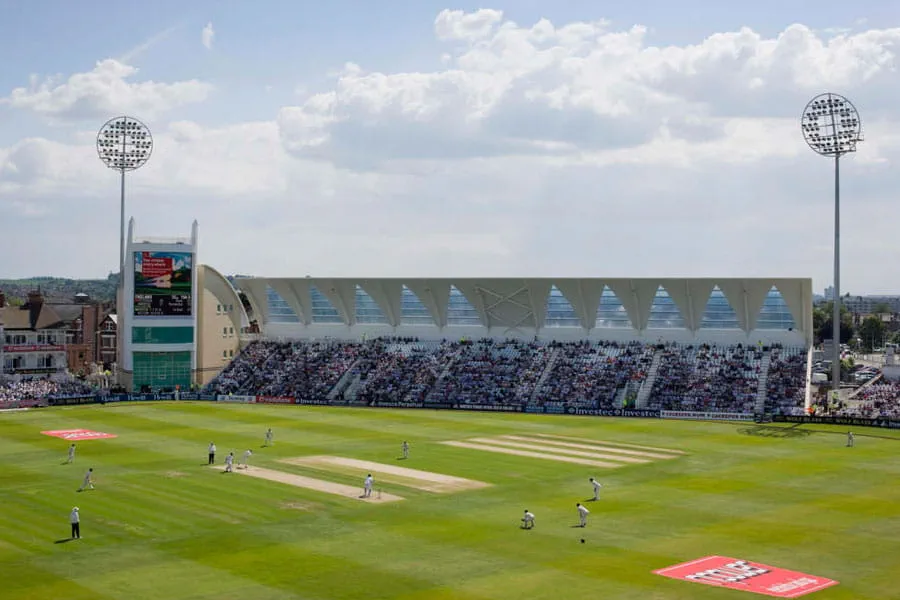
Works were successfully completed during the period following the 2008 cricket season, ready for an international test match the following summer.
The expanded Trent Bridge provides world-leading facilities for cricket players and spectators, and one of the best facilities in the world for allowing twenty20 cricket to be played outside of daylight hours.
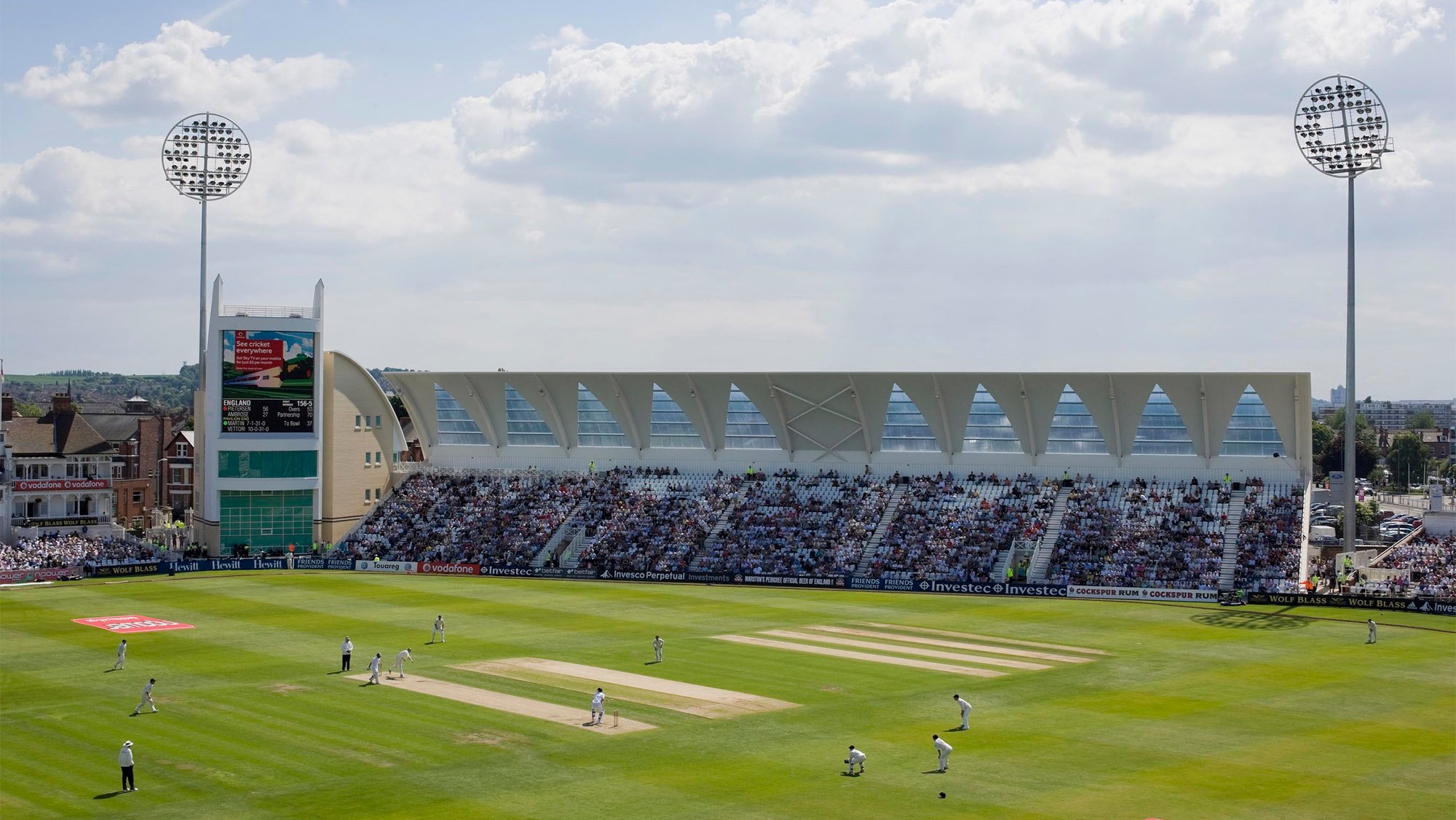 ;
;

